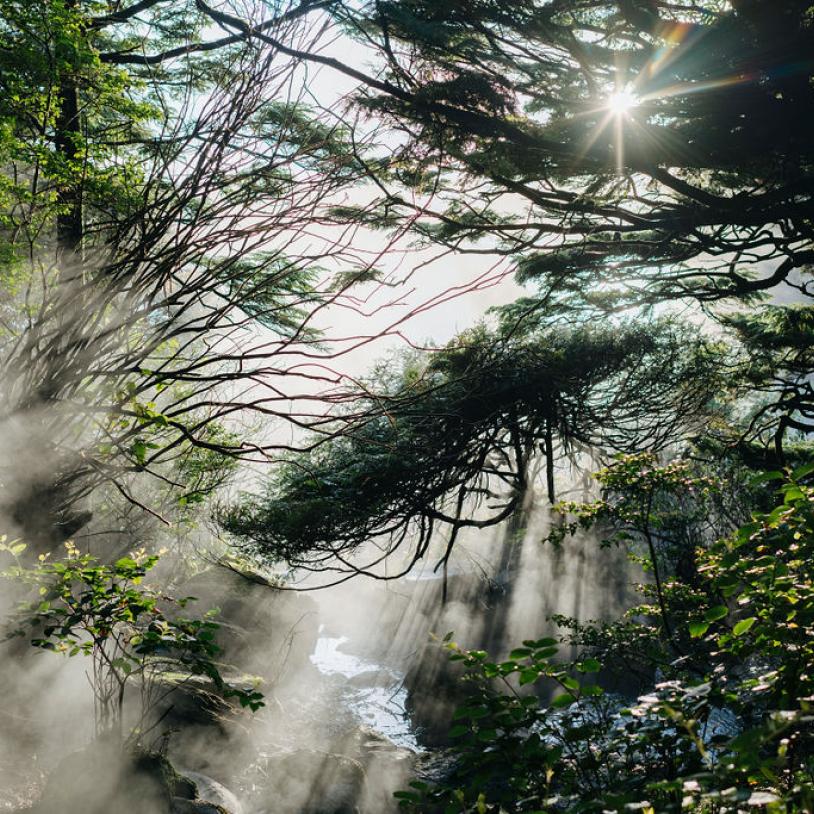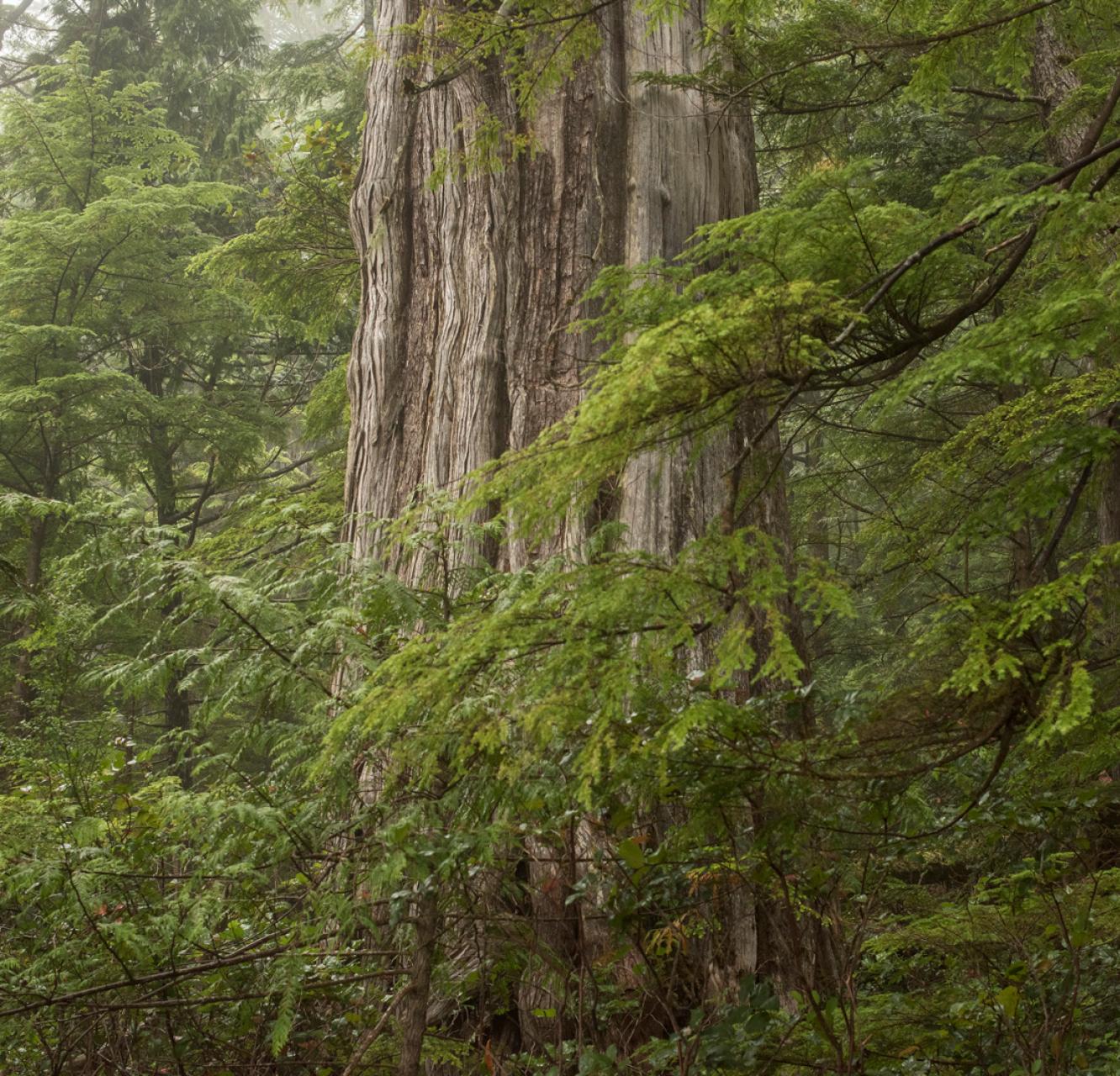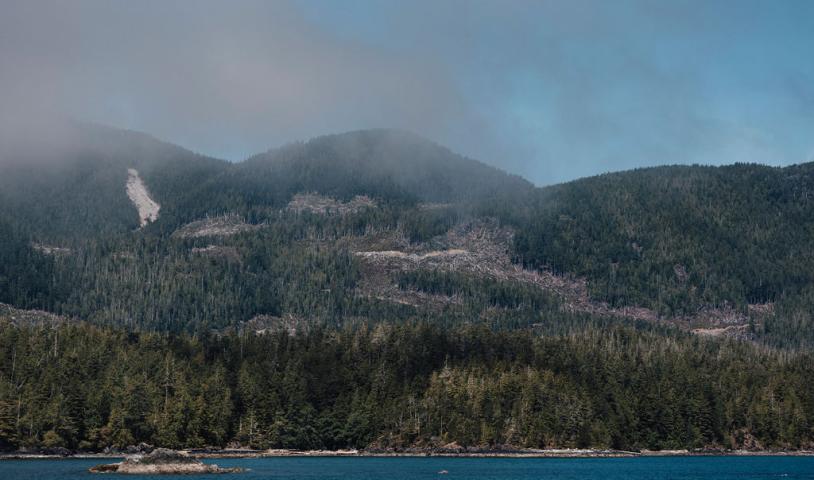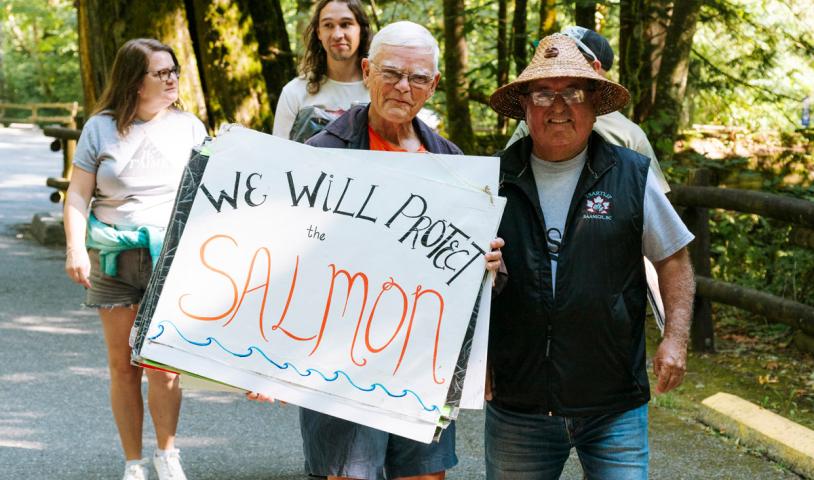B.C.'s plan to protect old‑growth trees is rolling out too slowly, say conservationists, First Nations
Thursday, March 31, 2022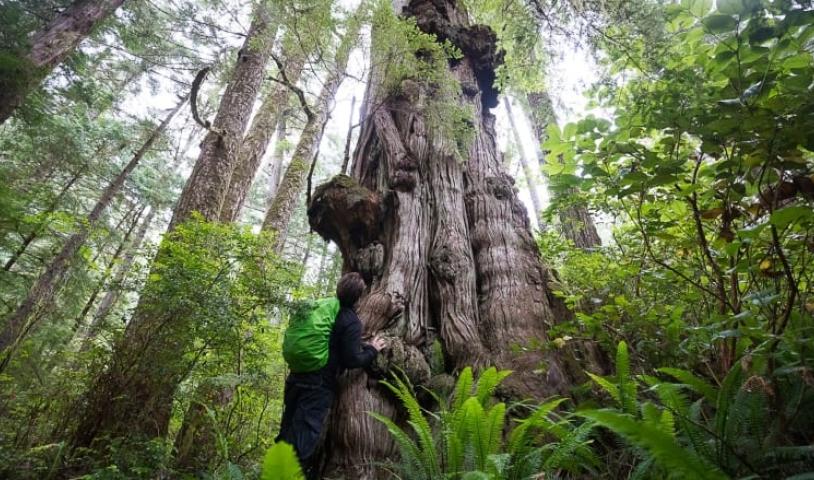
Only a quarter of the most at-risk old-growth has so far been confirmed for deferral, new 'report card' says
A year and a half after the province pledged to dramatically change how B.C.'s old-growth trees were logged, conservationists and First Nations say action on the issue is lagging and details about what is being done are obscure.
"Premier John Horgan has set some nice intentions for old-growth forests, but done very little to actually limit logging of the most endangered stands," said Torrance Coste, national campaign director for the Wilderness Committee in a statement.
On Thursday the Wilderness Committee, along with conservation groups Sierra Club B.C. and the Ancient Forest Alliance, released a third "report card" grading how the government has acted on promises that came out of a September 2020 review of old-growth logging in B.C.
The groups want immediate deferrals of logging in all at-risk old-growth forests, increased funding to support deferrals such as lost revenue for First Nations, legislation to protect biodiversity across B.C., and more regular updates and transparency over action the province is taking.
"Chainsaws continue to roar and threatened old-growth forests across B.C. remain without protection," Grand Chief Stewart Phillip, president of the Union of B.C. Indian Chiefs, said in the statement.
- TAKE ACTION: The movement to save old-growth rainforests
-
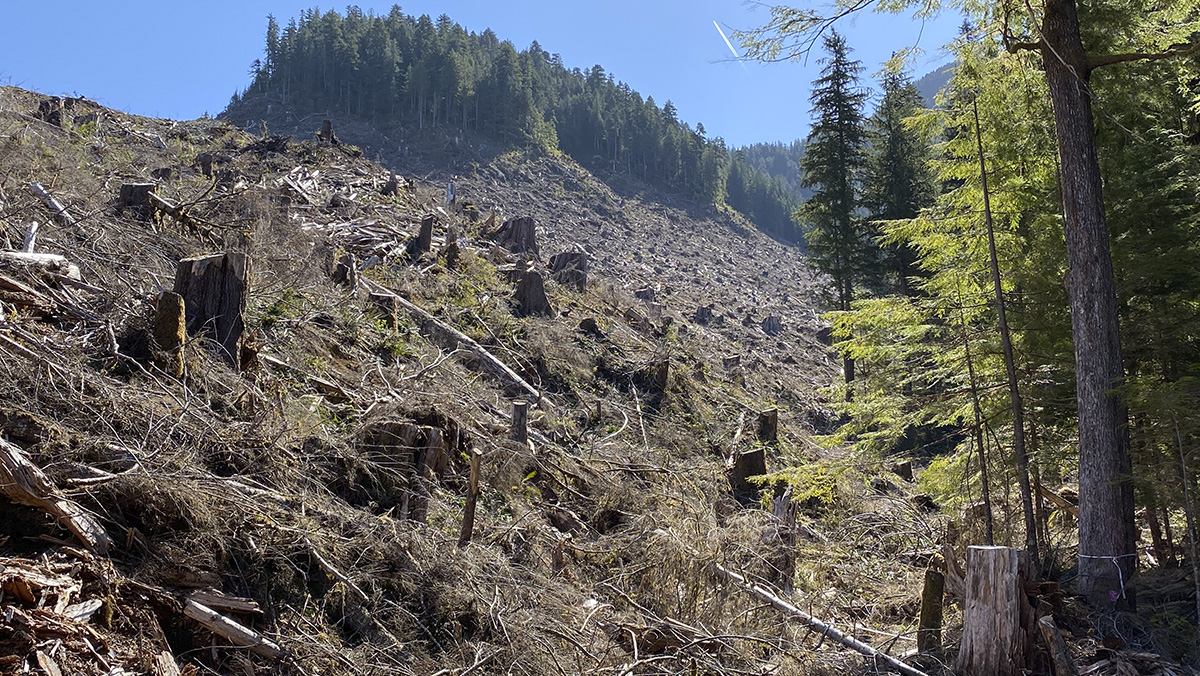
In September 2020 the province made public the Old Growth Strategic Review (OGSR), which made 14 recommendations, including immediate deferrals of logging in some areas most at risk of biodiversity loss; funding to help communities reliant on logging old-growth trees to transition away from the practice; and more meaningful engagement with First Nations.
The report laid out a three-year timeframe to achieve those goals. But halfway through that period it appears the government is off pace to meet its targets, conservation groups say in their latest report card.
The three groups say that in the 18 months since the province committed to the recommendations, only around 624,000 hectares of the most at-risk old-growth have been confirmed for deferral, around a quarter of the 2.6 million-hectare total.
"With every day of delay, irreplaceable ancient forests, the web of life that depends on them and our last defence against the climate crisis, are clear-cut," said Jens Wieting, senior forest and climate campaigner with Sierra Club B.C.
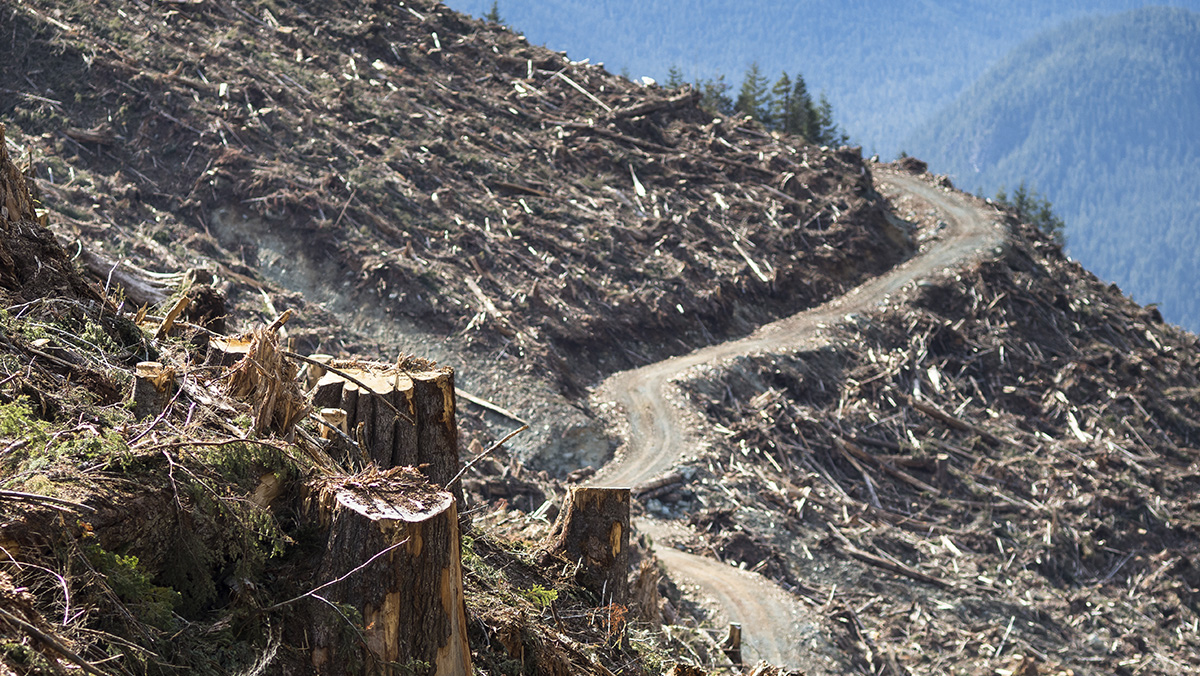
In November 2021, the province released the work of a technical advisory panel that mapped priority areas for logging deferrals and also announced plans to partner with First Nations to achieve the deferrals until a new long-term plan for forestry in the province is put in place.
The Ministry of Forests said in a statement on Thursday that around 50,000 hectares of land with approved cutting permits overlap with the 2.6 million hectares of at-risk old-growth or 1.9 per cent of the total.
It said that many forestry companies have told the province they will not proceed with harvesting while discussions with First Nations continue.
B.C. Timber Sales, which manages about 20 per cent of province's allowable annual cut on Crown land, has paused advertising and selling licences in areas that overlap with the 2.6 million hectares of B.C.'s at-risk old-growth forests, some 570,000 hectares.
The province also said that about half of the 2.6 million hectares deemed at risk is outside the current timber harvesting land base, "and not threatened by logging for the foreseeable future."
Although there was criticism over a short time-frame for First Nations to agree to deferrals, some have since announced moves away from the logging of old-growth trees on their territories. The province says many other nations have requested more time to work out agreements.
In February, as part of its annual budget, the province committed $185 million to help workers and communities and enable deferrals. It also established a new ministry meant to stimulate economic activity, environmental sustainability and reconciliation.
As BC takes more action to protect old growth forests, some forestry jobs will be impacted. We're making sure workers have access to new skills training, short-term employment, & funding to help older workers transition to retirement. https://t.co/vTyLqvE2Ap pic.twitter.com/cHX5KaHrfh
— BC Government News (@BCGovNews) January 19, 2022
But the new report card says the province hasn't provided enough funding to adequately allow some First Nations to make a choice to discontinue old-growth, which can be a major economic driver.
The conservation groups want the province to set aside at least $300 million.
"This funding shortfall makes enacting the full suite of old-growth logging deferrals virtually impossible to achieve," said Ancient Forest Alliance campaigner and photographer T.J. Watt in a release.
The conservation groups also want the province take advantage of federal funding that could be used to protect areas where old-growth trees exist.
Ottawa has set aside more than $2 billion to protect 30 per cent of Canada's landmass by 2030.
The province said multiple ministries are in discussions with the federal government over national nature conservation and protection goals, which include a bilateral agreement that would establish new protected areas, protections for species at risk and restoring habitat.
B.C.'s Ministry of Forests said it will have an update on old-growth deferrals in the coming weeks and will release a new old-growth strategy for the province in 2023.
